5 Surprising Home Building Costs First-Time Builders Overlook (and How to Avoid Them)
For many first-time homebuilders, the moment of breaking ground feels like the start of a long-awaited dream. Blueprints are finalized, budgets are balanced, and the anticipation of watching walls rise from bare earth is almost too exciting to put into words. But talk to anyone who has built before, and they’ll tell you the same thing: no matter how carefully you plan, the final price tag is rarely what you expected.
The hidden costs of building a home aren’t always obvious in the beginning. They’re buried in the fine print, tied to local regulations, or waiting just beneath the surface of your lot. They have the power to turn a carefully calculated budget into a source of stress. Yet, with foresight and preparation, these expenses don’t have to derail the process.
The Ground Beneath Your Feet
One of the first surprises comes before a single nail is hammered. The land itself must be made ready, and that process—known as site preparation—can vary drastically in cost. Clearing trees, grading for drainage, and testing soil stability are essential steps that rarely make it into glossy brochures about “building your dream home.”
Consider the story of a family who purchased what seemed like the perfect wooded lot at a bargain price. What they hadn’t accounted for was the $18,000 required to remove stumps and prepare the land for construction. The lesson is clear: the price of a lot is not always the price of making it livable. Soil testing and grading assessments, while they add to upfront costs, can save tens of thousands down the line.
The Lines That Connect Us
Even after the ground is cleared, the invisible lifelines of a modern home—water, power, gas, and internet—pose another challenge. Many first-time builders assume these services are readily available, but in rural areas, a well, septic tank, or even propane storage may be necessary. Extending power lines to a property can be just as costly.
One couple discovered this the hard way. Eager to escape the city and build on a parcel of land with a sweeping view, they later learned that electricity would cost $12,000 to extend. The number didn’t appear in their builder’s estimate because it wasn’t technically part of the house construction, but it was unavoidable. A single phone call to the utility company before purchasing the land might have prevented the shock.
The Price of Paperwork
If the physical site and utilities represent the visible backbone of a home, the paperwork is the unseen scaffolding. Local governments require permits and inspections at nearly every stage of construction, and the fees can quickly climb into the thousands. Impact fees—charges imposed by municipalities to fund roads, schools, or water systems—often catch newcomers off guard.
In one suburban development, for instance, a family found their project delayed until they paid $7,500 in impact fees. It wasn’t a mistake or an overcharge; it was simply part of building in that jurisdiction. The cost was real, and it had to be paid before a foundation could be poured.
What’s Outside Matters Too
When people picture their finished home, they often think about open kitchens, cozy bedrooms, or vaulted ceilings. Rarely do they envision the driveway, the sod, or the fencing that will frame the property. Yet landscaping and exterior finishes can represent some of the most important—and expensive—final touches.
A homeowner who budgeted flawlessly for interior construction once told me she nearly cried when she realized she hadn’t planned for a driveway. “We were literally surrounded by dirt,” she laughed. The oversight cost $8,000, and it had to be paid immediately. Driveways, walkways, and basic landscaping not only complete the home’s look but also protect against erosion and drainage issues. Skipping them can hurt both property value and daily livability.
The Temptation of Change
Perhaps the most subtle budget breaker of all comes from within. Builders call them change orders—alterations requested after construction is underway. It might be as small as upgrading a light fixture or as big as moving a wall, but each change carries a ripple effect. Materials, labor, and sometimes even timelines must adjust.
A family who initially settled on laminate countertops decided mid-build that quartz was worth the upgrade. It was—but at $7,000 more than if they had made the decision at the start. Change orders are the natural result of seeing a home come to life, but without discipline, they can quickly snowball. Experienced builders often recommend setting aside a contingency fund of 5 to 10 percent of the budget just for these moments.
The Cost of Time
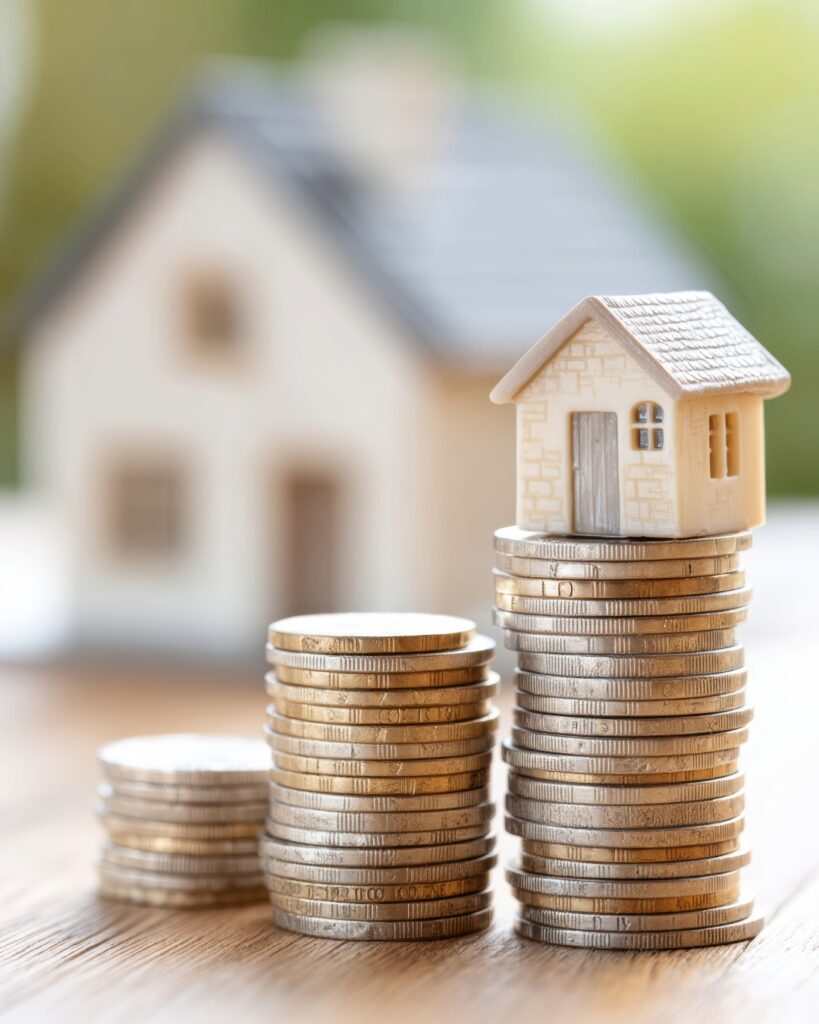
Beyond dollars and cents, there is the hidden cost of time. Weather delays, labor shortages, and supply chain hiccups can extend timelines and inflate expenses. Each month of delay can mean another rent check, storage fee, or interest payment on a construction loan. It isn’t a line item on most budgets, but it can feel just as heavy.
The solution isn’t to expect perfection but to plan for imperfection. Choosing a builder with a reputation for staying on schedule and maintaining flexibility with material choices can minimize delays. Sometimes the difference between frustration and relief is simply being prepared for the unexpected.
Building Smarter
So how does a first-time builder protect themselves? The answer isn’t complicated: research, preparation, and realistic budgeting. Break your budget into categories that extend beyond “construction” and include land work, permits, and landscaping. Get estimates from multiple providers, not just your builder. And, perhaps most importantly, keep communication open with everyone involved—from utility companies to city officials.
Above all, acknowledge the reality that hidden costs exist. Pretending they don’t is what turns them into financial stressors. Facing them head-on transforms them into manageable line items.
The Dream, Still Within Reach
Building a home is one of life’s most ambitious projects. It’s easy to feel intimidated when you hear stories of unexpected costs, but those stories aren’t warnings to walk away—they’re reminders to build smarter. Every challenge has a solution when it’s anticipated, and every dollar is easier to spend when it’s already accounted for.
With a clear-eyed budget and an informed approach, your dream home doesn’t have to become a financial nightmare. Once you’ve accounted for the hidden costs, you can get back to the exciting part: choosing the design, imagining the space, and watching your home take shape.
At Family Home Plans, we’ve helped thousands of first-time builders start this journey with confidence. With more than 30,000 customizable house plans, you can find a design that works for your lifestyle—and your budget.



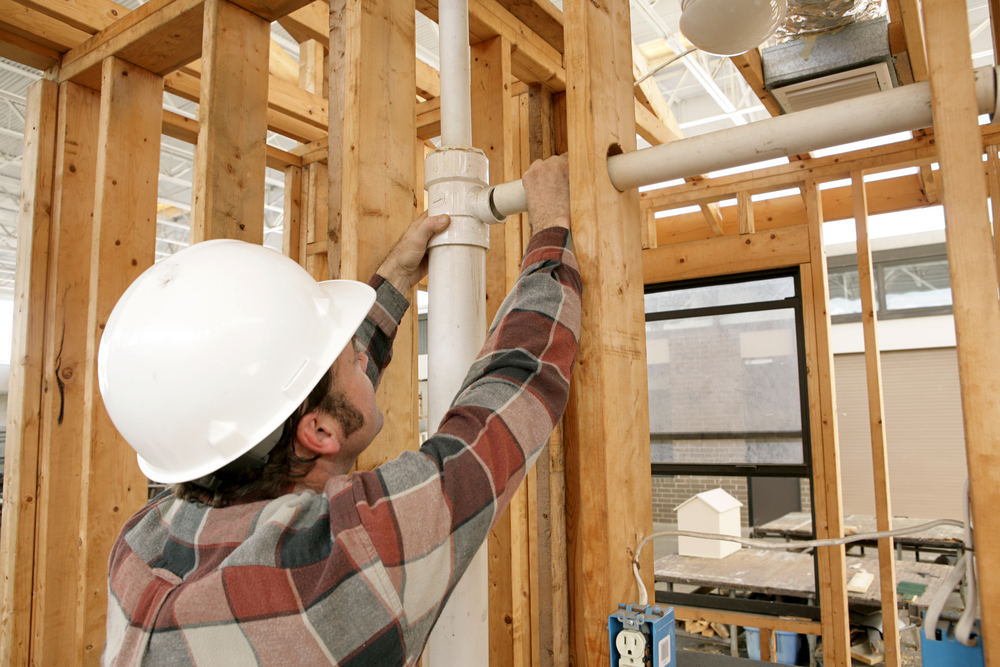
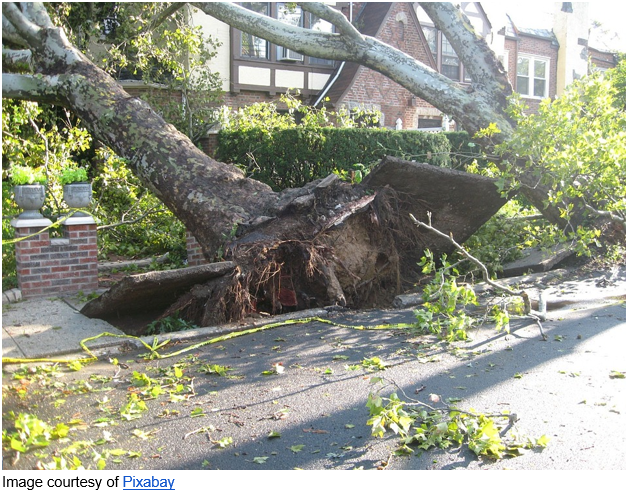
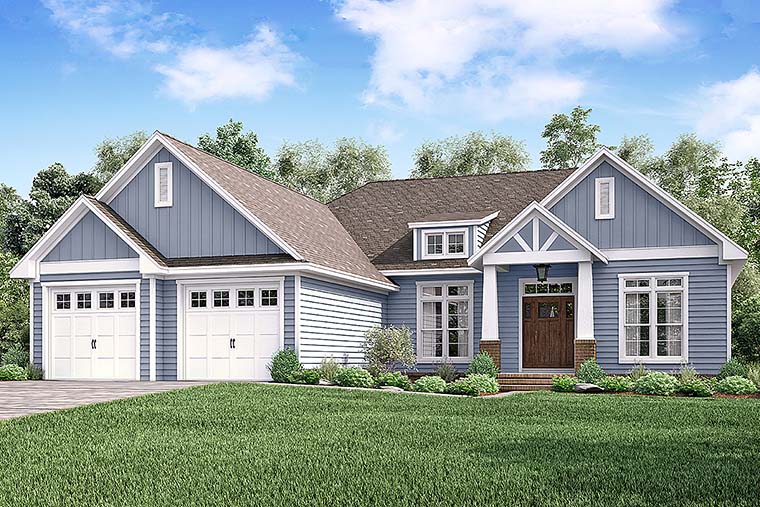
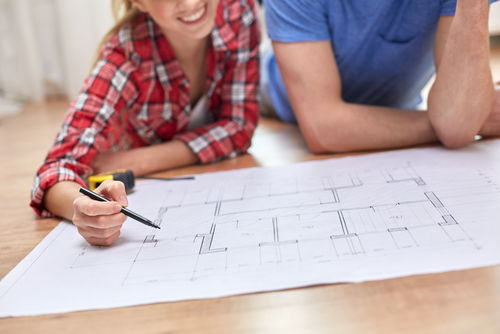
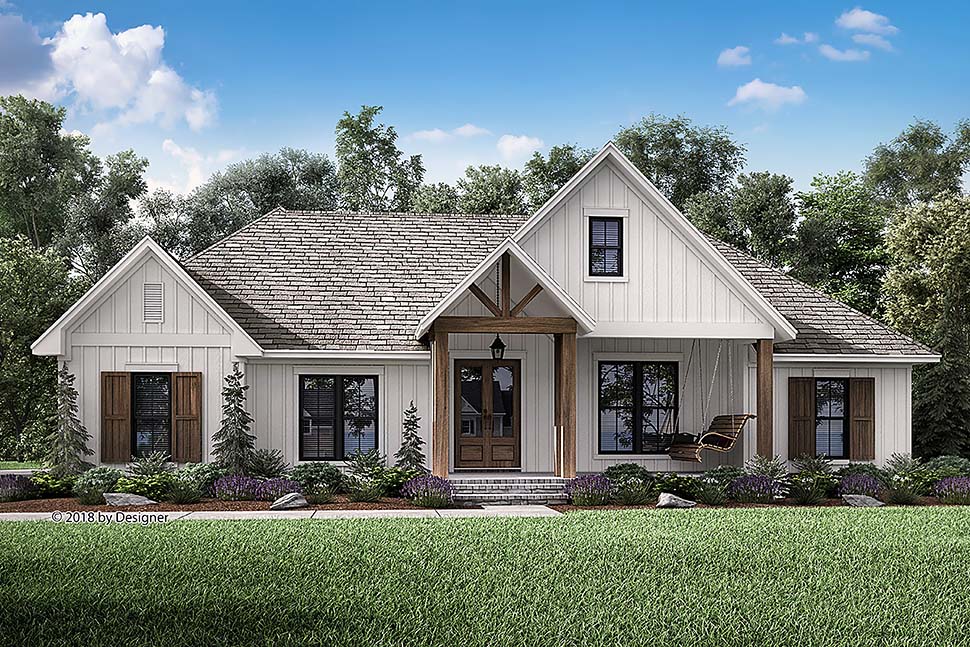


Leave a Reply